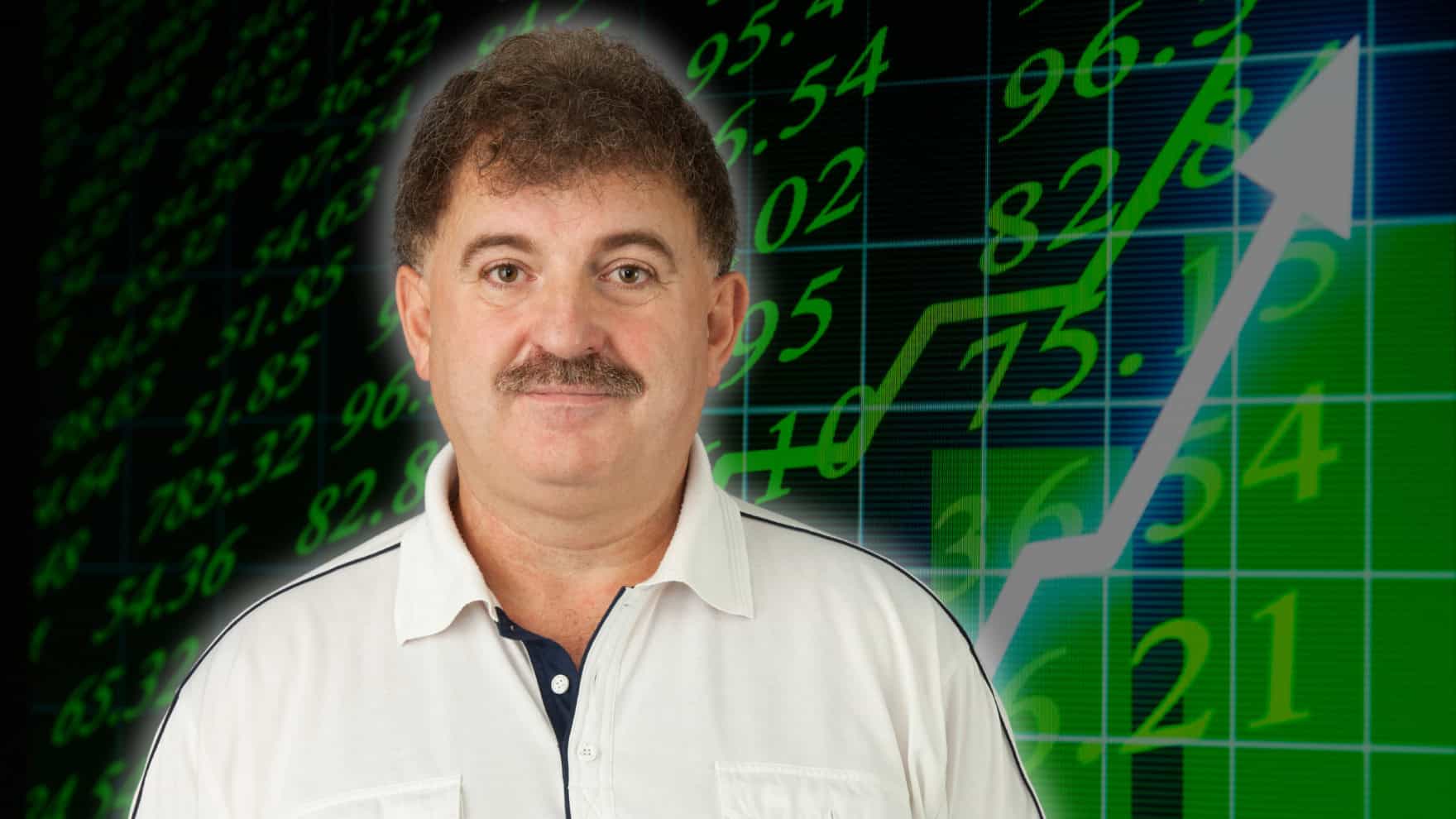Personal Finance
In my early 50s with $8 million and kids heading to college — should I include illiquid investments in my retirement plan?

Published:

A recent Reddit post I came across in the r/fatFIRE community raised an important question for anyone looking to retire early and become financially independent: How should illiquid investments factor into your FIRE calculations?
There are several different ways to handle illiquid investments in your FIRE calculations, depending on your risk preference.
In the end, the decision is yours to make, though a financial advisor can help too!
Retiring early is possible, and may be easier than you think. Click here now to see if you’re ahead, or behind. (Sponsor)
The post, shared by user GottaHustle_999, outlined their impressive financial situation:
Their illiquid investments vary widely in how much they payout and their liquidity timelines. Therefore, their main question is how these should be included in FIRE planning calculations.
Illiquid investments can include things like private equity, venture capital, and non-traded real estate. Often, these investments may offer high returns, but they lack flexibility and immediate access. You can’t access them quickly like you can stocks bonds.
The value of illiquid investments can also be harder to estimate, especially for private partnerships. You can’t quite know what you’re going to get until you get it! Some investments may generate income sporadically or only at the end of their term, making it difficult to predict cash flow.
The answer depends on your goals, risk tolerance, and time horizon. Here are a few potential approaches:
For GottaHustle_999, their portfolio of $7.5M in accessible assets (retirement, brokerage, and 529 plans) likely provides a solid foundation for FIRE. I’d recommend that they use the illiquid investments as an added layer of security, allowing them to potentially take on greater risks or enjoy a higher standard of living later in life.
Ultimately, the decision comes down to what brings you peace of mind. Many people decide to use these investments more as an “insurance fund” for unexpected expenses later in life, not as planned income.
Retirement planning doesn’t have to feel overwhelming. The key is finding expert guidance—and SmartAsset’s simple quiz makes it easier than ever for you to connect with a vetted financial advisor.
Here’s how it works:
Why wait? Start building the retirement you’ve always dreamed of. Click here to get started today!
Thank you for reading! Have some feedback for us?
Contact the 24/7 Wall St. editorial team.